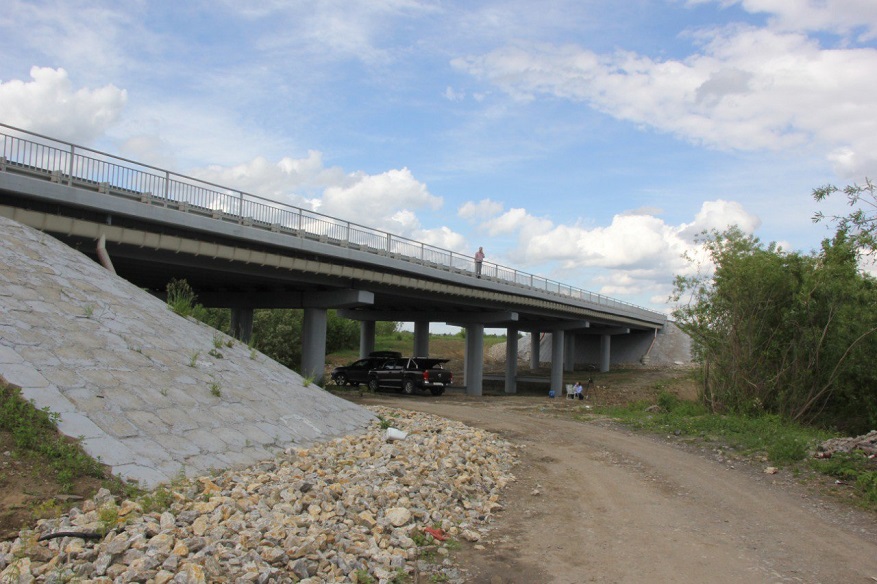Scientists of Tomsk Polytechnic University and Tomsk State University of Architecture and Building (TSUAB) are developing a unique remote method for monitoring the condition of bridges and other engineering constructions. The method is based on the registration of laser speckles, which are literally to be known as dark and light spots appearing under the illumination of a structural system with a laser. From the perspective of these spots, it is possible to estimate the tiniest construction defects. It has been the first time when such a technology for monitoring structural systems is applied in Russia. The research is being conducted with the support of the Siberian Chemical Combine’s grant.
 Photo: Provided by the TSUAB Press Office
Photo: Provided by the TSUAB Press Office
Within the conducted research work, field studies were completed in early June. The bridge across the Burunduk River is next to the village of Petrovo in the Tomsky District, which was repaired last year. To monitor the bridge, the scientists directed a laser beam to the beams of bridge frameworks in order to fix their deflection and movement when transport moves. Then the reflected speckle images were registered and the information was processed with the application of the developed software by the researchers.
“The method operation principle underlies the fact the facility is illuminated by coherent laser illumination in monitoring points. After speckle images are registered. Speckles are conventional dark and light spots forming a picture or pattern. Next, the computer analysis of pattern movement is carried out. The fact is that the beam reflects from the surface of a construction, it changes a phase. Due to this effect, it is feasible to monitor the construction movement and in this case, it is deflection and movement of bridge beams,”
comments Fedor Gubarev, associate professor of the TPU Research School of Chemistry and Applied Biomedical Sciences.
After verification of the data obtained from the sensors, it is real to determine such important parameters as movement frequency and movement relative amplitude, as well as estimate impact intensity in the process of transport motion. Following on from this data, it is possible to estimate the nature and force of impact on the structural systems.
“An optical sensor, computer hardware, information resources and software are a model of a united cyber-physical system (CPS),”
explains Pavel Pugachev, head of the TSUAB Department of Engineering Geology and Bridges and Structures on the Roads. “The main characteristics of such systems is the direct interaction between measures and computational processes and making a decision.”
For instance, at the time of designing some mechanism or construction, the CPSes allow reducing routine calculations, which are being made by AI. Although AI would be able to make any decisions, it is required to train it. For this purpose, sensors of various physical properties with special algorithms are combined in the CPS.
After combining the sensors with computational resources and analyzing the measurement results, the CPS is trained and adjusted by itself, i.e. the systems possess the AI elements. The scientists assume that in the long run, it will be possible to monitor bridges and other constructions in real-time mode and automatically, without man's participation, for example, with the use of unmanned aerial vehicles.